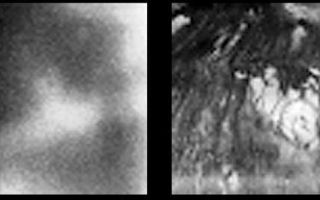
PIA06982: Behold Titan's Surface
|
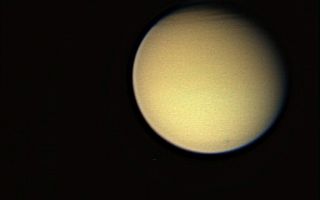
PIA07700: Titanic Complexity (Color)
|
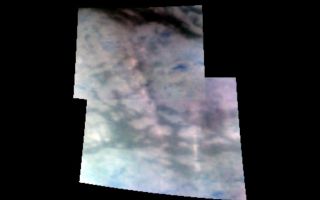
PIA09032: Titan's Sierras
|
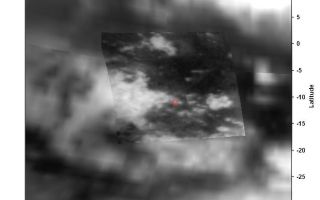
PIA07239: Titan Landing Site Seen From Cassini
|
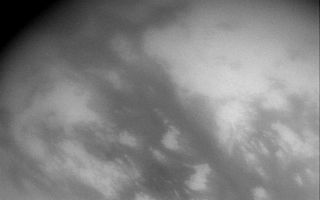
PIA06985: Titan's Tantalizing Streaks
|
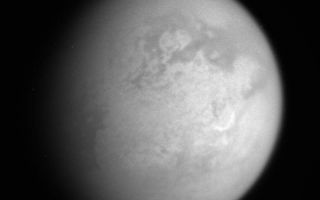
PIA07707: Titan Smiles Back
|
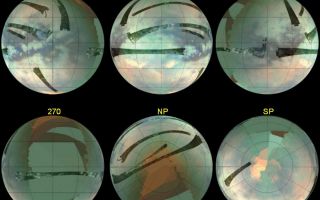
PIA09035: Infrared and Radar Views of Titan
|
![<h1>PIA07366: Huygens Landing Site Similarities</h1><div class="PIA07366" lang="en" style="width:800px;text-align:left;margin:auto;background-color:#000;padding:10px;max-height:150px;overflow:auto;"><p>This area imaged by the Cassini radar system during the spacecraft's third close flyby of Titan on Feb. 15, 2005, is just to the east of the Circus Maximus impact feature (see <a href="/catalog/PIA07365">PIA07365</a>). </p><p>The white lines could be channels in which fluid flowed from the slopes of Circus Maximus toward the bright area in the upper right. Areas that appear bright at radar wavelengths may be rough or inclined toward the direction of illumination. The bright area in this image could have received outflows of debris from the channels, making the surface appear radar bright. In this sense, the area may resemble somewhat the rubble strewn plains in the region where the Huygens probe landed. The fluid carrying the debris was most likely liquid methane, given the extremely cold ambient conditions at the surface of Titan.</p><p>The longest channel in the feature is approximately 200 kilometers long (124 miles). The seams running across the image are an effect of the matching of the different radar beams to assemble the full image.</p><p>The Cassini-Huygens mission is a cooperative project of NASA, the European Space Agency and the Italian Space Agency. The Jet Propulsion Laboratory, a division of the California Institute of Technology in Pasadena, manages the Cassini-Huygens mission for NASA's Science Mission Directorate, Washington, D.C. The Cassini orbiter and its two onboard cameras were designed, developed and assembled at JPL. The radar instrument team is based at JPL, working with team members from the United States and several European countries. </p><p>For more information about the Cassini-Huygens mission visit <a href="http://saturn.jpl.nasa.gov">http://saturn.jpl.nasa.gov</a>.</p><br /><br /><a href="http://photojournal.jpl.nasa.gov/catalog/PIA07366" onclick="window.open(this.href); return false;" title="Voir l'image PIA07366: Huygens Landing Site Similarities sur le site de la NASA">Voir l'image PIA07366: Huygens Landing Site Similarities sur le site de la NASA.</a></div>]()
PIA07366: Huygens Landing Site Similarities
|

PIA08214: Amazing Hazes
|
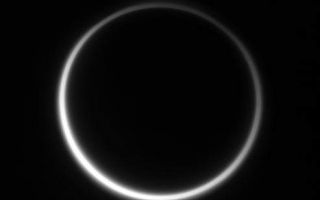
PIA08268: Titan's Halo
|
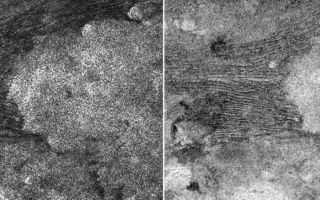
PIA09111: Two Sides of Dunes
|
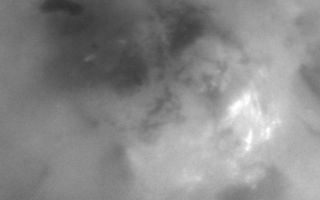
PIA06241: Clouds in the Distance
|
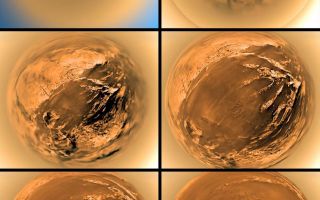
PIA08112: Stereographic View of Titan's Surface
|
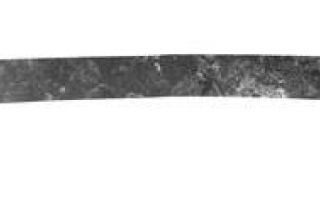
PIA09217: Titan (T28) Viewed by Cassini's Radar-- April 10, 2007
|
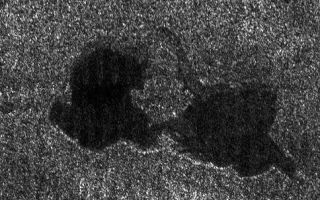
PIA08740: Titan's "Kissing Lakes"
|
![<h1>PIA03563: Shoreline on Titan?</h1><div class="PIA03563" lang="en" style="width:800px;text-align:left;margin:auto;background-color:#000;padding:10px;max-height:150px;overflow:auto;"><p>This Synthetic Aperture Radar image of the surface of Saturn's moon Titan was obtained by the Cassini spacecraft on Sept. 7, 2005. The bright, rough region on the left side of the image seems to be topographically high terrain that is cut by channels and bays.</p><p>The boundary of the bright (rough) region and the dark (smooth) region appears to be a shoreline. The patterns in the dark area indicate that it may once have been flooded, with the liquid having at least partially receded. </p><p>The image is 175 kilometers high and 330 kilometers wide (109 miles by 205 miles), and is located at 66 degrees south latitude, 356 degrees west longitude in the southern hemisphere of Titan.</p><p>The Cassini-Huygens mission is a cooperative project of NASA, the European Space Agency and the Italian Space Agency. The Jet Propulsion Laboratory, a division of the California Institute of Technology in Pasadena, manages the mission for NASA's Science Mission Directorate, Washington, D.C. The Cassini orbiter was designed, developed and assembled at JPL. The radar instrument was built by JPL and the Italian Space Agency, working with team members from the United States and several European countries.</p><p>For more information about the Cassini-Huygens mission visit <a href="http://saturn.jpl.nasa.gov">http://saturn.jpl.nasa.gov</a>. </p><br /><br /><a href="http://photojournal.jpl.nasa.gov/catalog/PIA03563" onclick="window.open(this.href); return false;" title="Voir l'image PIA03563: Shoreline on Titan? sur le site de la NASA">Voir l'image PIA03563: Shoreline on Titan? sur le site de la NASA.</a></div>]()
PIA03563: Shoreline on Titan?
|

PIA10655: Impact Craters
|
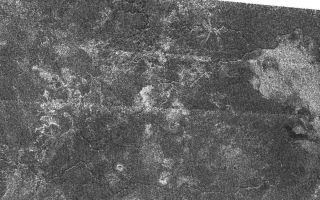
PIA03564: Canyonlands of Titan
|
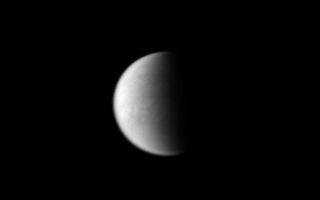
PIA10466: World Beneath the Haze
|
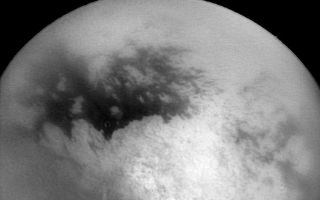
PIA06151: Second Titan Targeted Flyby #1
|
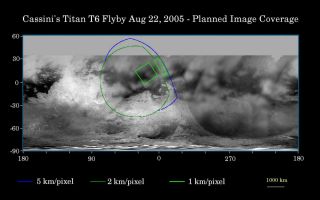
PIA07711: Cassini's Aug. 22, 2005, Titan Flyby
|

PIA06993: Oozing Across Titan
|

PIA06180: Close Titan Flyby 3, Image #1
|
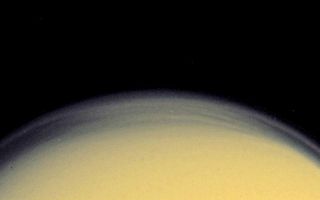
PIA06123: High Haze in Color (Close-up)
|
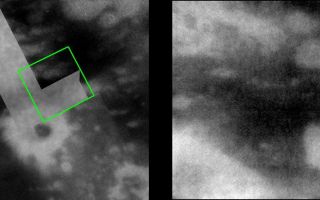
PIA06234: Dark Spots on Titan
|
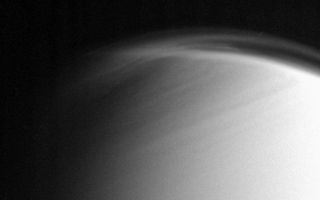
PIA08167: Shifting Northern Hazes
|
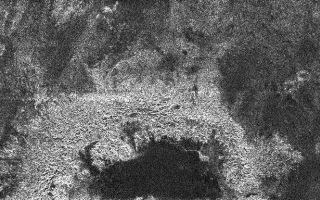
PIA09175: A New Crater on Titan?
|
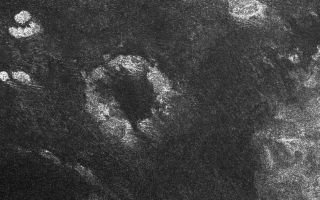
PIA08425: Radar Images the Margin of Xanadu
|
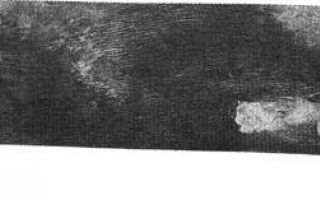
PIA09172: Titan (T17) Viewed by Cassini's Radar - Sept. 7, 2006
|

PIA06158: Titan Mosaic: October 2004
|